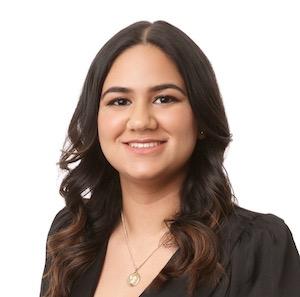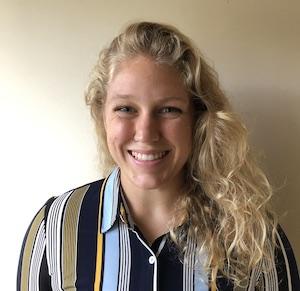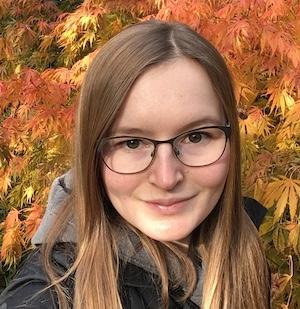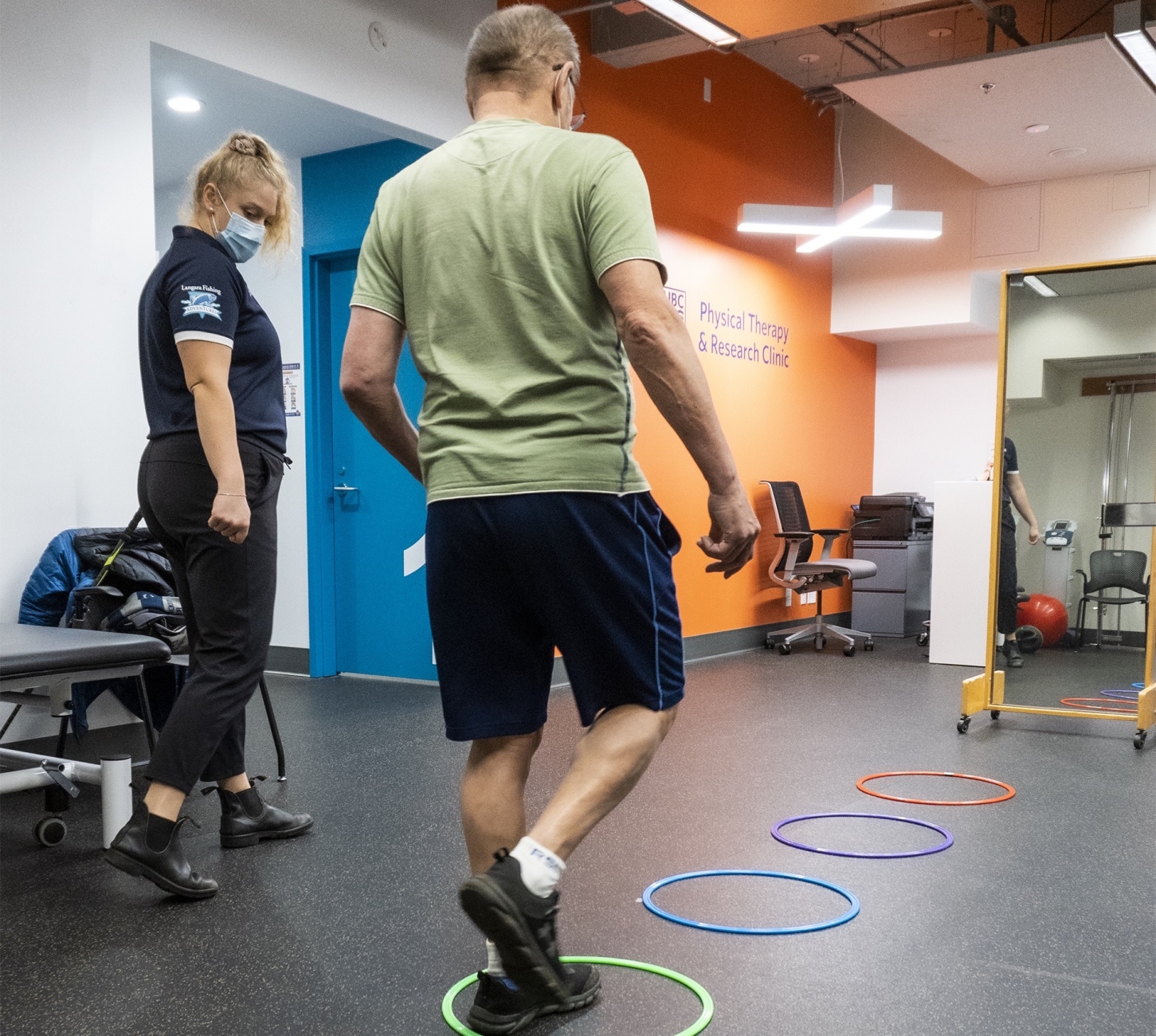A communication app created out of a collaboration between UBC Speech-Language Pathology and Physical Therapy students changed how one stroke patient is able to communicate, and dramatically impacted the treatment he received.

The UBC School of Audiology and Speech Sciences launched an in-house Speech-Language Pathology clinic as a pilot-project in late 2021. As part of the clinic program, Speech-Language Pathology students were given the opportunity to collaborate with UBC Physical Therapy students.
Collaboration between the programs was facilitated through grand rounds meetings and opportunities to shadow therapy sessions. One client that both the Speech-Language Pathology students and the Physical Therapy students worked with was a stroke patient who used mobility aids and had limited verbal expression, often using tone, body language and other sounds to express himself and communicate.
When establishing the client’s goals for treatment, Gavina Sian, UBC Speech-Language Pathology student, learned that the communication device the client was using at the time was outdated, and that one of his goals was to find a better way to communicate with his family. It was also at this time that the client started physical therapy with Tess Woldring, UBC Physical Therapy student.
“The client had a communication device that was set up for him when he initially had therapy after his stroke, which was about five years ago,” said Sian. “So much information on his device was no longer relevant and my supervisor and I agreed that updating and reprogramming the device to meet his needs now was a priority.”
Sian started the complicated process of programming an app for an iPad with relevant forms of communication for the client’s current life, and consulted with Woldring to establish what specific functions were needed for the client’s day-to-day activities, and specifically for physical therapy sessions to maximize treatment opportunities.
“Some buttons are so important for safety aspects like expressing the need for a break, or experiencing pain,” said Woldring. “Pain is something that can often be missed, so having a button that specifically

identifies that the client is in pain is extremely important so I can get a better understanding of what’s going on.”
Another one of the client’s goals was to independently place an order at Starbucks, and through the newly programmed app, Sian was able to roleplay this in her sessions with the client.
“In order to get the client comfortable and motivated to use the app, I would roleplay as the barista and he would place an order. This really helped him get accustomed to using it,” said Sian.
The opportunities to collaborate also identified and filled gaps in some approaches to treatment. Nicole Reck, Speech-Language Pathology student, shared that through the collaborative opportunities between programs they were able to share simple, but helpful tools to improve overall client care.
“As Speech-Language Pathology students, we have a toolkit of strategies we use when talking with clients who have aphasia, which the Physical Therapy students may not have simply by nature of the trade,” said Reck. “We shared some basic skills such as slowing our rate of speech and making sure we verify our clients’ message, which were then adopted by the Physical Therapy students when treating their patients.”
Woldring shared that without the communication device programmed by Sian, she may have let her caution when treating the patient limit the potential positive outcomes.

“Stroke patients often receive under-dosing, which is where you don’t give enough physical activity or exercise to change the neuroplasticity in the brain, but you also can’t cause overfatigue or cause pain and discomfort by pushing someone,” said Woldring. “Having the device to effectively communicate with the client gave me the confidence to ensure he was getting the optimal care and rehab, because he could accurately express how he was feeling and his energy levels.”
The collaborative work not only highlighted how important and impactful collaboration was for their shared client, but also across health care professions for overall patient care.
“In Physical Therapy, it’s a lot of questioning and using the communication device to help the client answer our questions, but in Speech-Language Pathology, it’s used for him to tell me about his life,” said Sian. “Additionally, sometimes the client will do something in the Physical Therapy session that relates to speech and then the Physical Therapist can tell us about it and we can address it in our own session. That wouldn’t happen if we weren’t working collaboratively.”
Reck stressed that one’s ability to communicate impacts almost every aspect of life, and opportunities for collaboration between different health care professionals can result in better patient rehabilitation.
“Communication is so important to our everyday existence as humans and we were able to have a huge impact on our clients through these clinics and collaboration,” said Reck. “Being able to share that with the Physical Therapy students was such a positive experience.”
To learn more about the UBC Speech-Language Pathology clinic, click here. To learn more about the UBC Physical Therapy and Research clinic, click here.
Written by Kelsea Franzke
